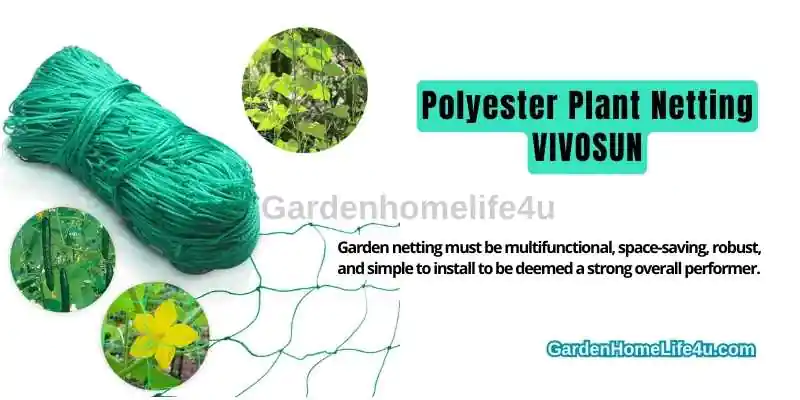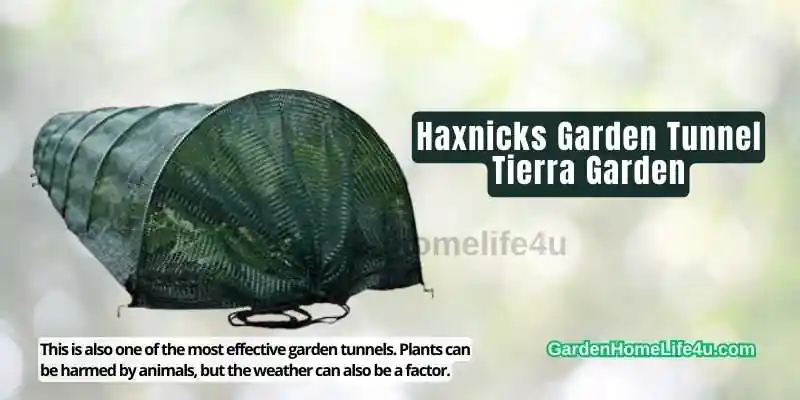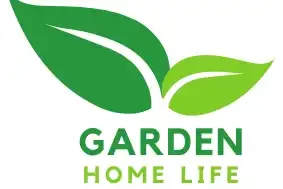In the world of gardening, netting, and mesh play a vital role in protecting and enhancing the health of your plants. These versatile materials offer a range of practical applications that can address common challenges faced by gardeners. Whether you’re dealing with pest control, bird protection, plant support, or even creating a barrier for climbing plants, netting and mesh can be powerful tools in your gardening arsenal. In this guide, we will explore the various ways you can harness the power of netting and mesh to find practical solutions for your garden. We’ll discuss different types of netting and mesh, and their specific uses, and offer tips and techniques for effective implementation. By incorporating netting and mesh into your gardening practices, you can promote healthy plant growth, increase yields, and protect your precious crops. Let’s start the journey to discover the numerous benefits of these practical garden solutions and unlock the power of netting and mesh in your own green space.
What are Garden Netting and Mesh Application?
- Pest Control
Garden netting and mesh can be used to protect plants from a variety of pests, such as birds, insects, and small animals, by creating a physical barrier.
- Bird Protection
Mesh netting is especially effective in preventing birds from damaging fruits, vegetables, and seeds, allowing you to enjoy a bountiful harvest.
- Plant Support
Netting and mesh can provide support to climbing plants, such as tomatoes, cucumbers, and beans, helping them grow vertically and preventing sprawling.
- Deer and Rabbit Deterrent
Sturdy garden netting can be used as a barrier to deter deer and rabbits from entering your garden and feeding on your plants.
- Windbreak and Shade
Mesh and netting can act as a windbreak, reducing wind damage to delicate plants. They can also provide partial shade, protecting plants from excessive sunlight.
Garden netting is usually placed or positioned over plants and trees to keep greedy birds, deer, and other animals away. These nets perform an admirable job of keeping pests at bay and allowing plants to thrive. It’s worth noting that garden netting is one of the best plot investments you can make. Without it, all of the work that goes into cultivating fruits and vegetables will result in happy insects, birds, or animals.
Types of Garden Netting
When a strong defense is required, consider these netting choices:
-
Polyester Plant Netting VIVOSUN

Garden netting must be multifunctional, space-saving, robust, and simple to install to be deemed a strong overall performer. These criteria are seen in this product. Tomatoes, peas, cucumbers, beans, and any other garden plant can be covered with it. DIY netting can keep deer and other animals away from trees, bushes, orchards, crops, and landscapes. These nets are soft but sturdy, allowing plants to climb to a smooth surface and lasting several years. This netting comes in a 5 x 15 FT size, making it simple to cut to the size you need for your garden.
With this type of garden netting, you can also conserve room by expanding upward. It can be used by plants that need support; one of its qualities is that it is a square mesh normally built with holes and this netting gap leaves enough space for pruning and picking. It’s also simple to set up. This helps in horizontal and vertical growth by simply wrapping and tying the netting around any secure structure or support. This net is available online.
-
Row Cover
This is a fabric-like substance that may be found in garden centers. These lightweight, fabric-like covers, also known as a remedy, are frequently used for frost protection. They can be cut to match your garden space and come in a variety of weights and sizes. Row coverings are a unique form of a garden net that is available in three categories: lightweight, medium-weight, and heavy-weight. Remember the thicker materials allow just 30 to 50 percent of light to flow through and are intended for temporary or winter use. As far as longer-term garden bed covers go, your safest bet would be lightweight row covers that allow most of the light to pass through without any difficulty.
-
Haxnicks Garden Tunnel, Tierra Garden
This is also one of the most effective garden tunnels. Plants can be harmed by animals, but the weather can also be a factor. A high-quality net tunnel can safeguard your garden from both of these factors. This garden net provides shade and also allows air and water to travel through while protecting plants from various pests and threats.
Steel hoops assist configure the tunnel to the right length and drawstring ends provide the desired air for plants. Garden netting of this type is known for establishing a full barrier that preserves warmth and humidity, heats the soil to allow for earlier planting, and protects against harsh weather, animals, and insects. Easy Tunnels are made as a patented, one-piece design that opens like an accordion and folds neatly away after usage; it’s a breeze to set up and takedown!
The one on Amazon comes highly recommended since it is made of UV-stabilized, polyethylene and steel hoops that simply fit into the ground to fasten and maintain the tunnel in place. Steel hoops allow you to use the full tunnel or set it up to the length you want; drawstring ends allow access and degree of desired ventilation for your plants; steel hoops allow you to use the entire length of the tunnel or set it up to your desired length. This type of garden net can be purchased according to the size of your garden.
-
Garden Netting, Insect Barrier Textiles, and Meshes

Insects and other pests are normally kept out of your crops by floating these materials on hoops over a bed. To keep deer and rabbits away from the hoops, put bird netting or chicken wire on top. This method also keeps other stray animals like dogs, cats, etc. out of the garden beds. In addition to this, a mosquito net or translucent insect barrier textiles that enables water, air, and light to pass through while blocking insect pests like squash bugs and cabbage worms are extremely useful. This is another cost-effective recommended garden defense setup.
Conclusion:
Garden netting is the best way to protect plants from hungry animals and harsh weather. When considering that alternative, keep these striking models in mind. Growing under cover has numerous advantages, including protection from frost and inclement weather, pest management, and full production. As a result, Garden Netting is an absolute necessity for protecting your fruit and vegetable plants from pests, supporting climbing plants, preventing weather damage, and much more. You can use a range of different types of netting for your garden project. Hopefully, this little guide has provided you with some pointers for selecting the best garden netting for your purposes. Note that making a garden net or mesh is no rocket science you may feel free to grab some string or polythene and get ready to weave your net if that works out for you instead!
Listed below are some resources to help you :

